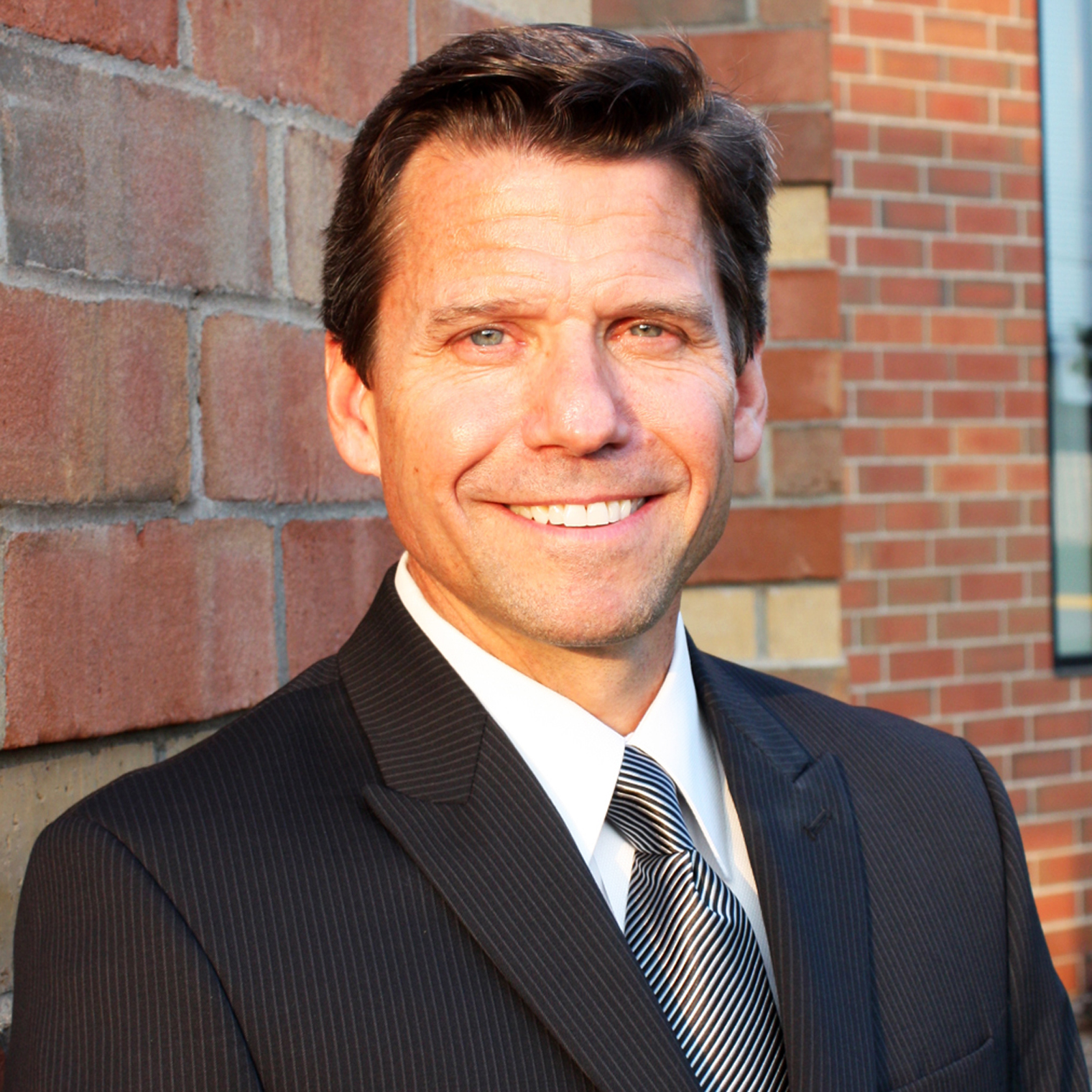What happened when one Minnesota school district let high schoolers sleep in
In the fall of 2009, South Washington County Schools in Minnesota moved the start time at its high schools from 7:35 a.m. to 8:35 a.m. A subsequent study of the suburban Saint Paul schools by the University of Minnesota found higher average grades after the switch, decreased absenteeism and tardiness, and higher scores on a math achievement test. District Superintendent Keith Jacobus talked about the change with Bridge Magazine.
Bridge: How much discussion was there in the district before moving the start time back?
Jacobus: In 2009, we underwent a number of significant district-wide changes when we opened our most recent high school. As we prepared for a third high school in the district we decided to move from a junior high school model with a grade configuration of 7-9 to a middle school model housing grades 6-8. That impacted our elementary schools as well since we would be moving the 6th-grade out of our elementary schools and into our middle schools. The change in grade configuration coupled with the opening of a new high school warranted changing our attendance boundaries throughout our entire district. In planning for the new high school and working to develop a middle school model, we spent time looking at the research on schools of the future and how to best meet the needs of our 21st-century learners. We were interested in the research on adolescent sleep patterns that Kyla Wahlstrom and her colleagues had been working on at the University of Minnesota. We felt with the number of significant changes we were making and the re-routing of all of our buses, it would be an opportune time to change the start times at our middle and high schools and we made those changes to be implemented in the fall of 2009.
Related: Asleep at the desk: How school begins for many Michigan teens
Bridge: Was this pretty much driven by sleep research that shows the disadvantage of start high schools early?
Jacobus: Yes. We based our decision on the brain research behind teen sleep patterns. The data was compelling and hard to discount based on adult preferences, bus schedules, or past practice. We felt we wanted to give our high school students every opportunity to thrive. We realize there are teens who are early risers and who can get to sleep at earlier bedtimes than the norm, but we feel the later start time maximizes benefits for more students and limits the potential negatives for kids who are up earlier.
Bridge: Was there any opposition from parents about the change or from coaches who might have seen a conflict with athletic events?
Jacobus: We did face some concerns as you would with any significant change. We did discuss athletics and students who would need to leave class early for events. In my opinion, all of the concerns could be addressed. In terms of athletics, I would question why a 4:00 p.m. start for most sports is the common time. Beginning at 4:00 p.m. makes it hard for working parents to get to an event, and I know of no research to state that performance peaks at 4:00 p.m. so the athletic issue could be solved by starting all events after 4:30 p.m. With the significant amount of change, I do not think the start time was a major concern for the high schools.
Bridge: How has the later start time worked out?
Jacobus: We are pleased with the results. We have had the University of Minnesota continue to look at our data. We have a high performing school district so increases in achievement have been harder to tie to the start time change. We have seen an improvement in students who are tardy, absenteeism, discipline, and a number of qualitative measures. Our high school principals report a better start to each day with kids coming in more calm and prepared for each day as opposed to rushing in and trying to get prepared in the last few minutes before the first class.
Bridge: Was there any downside to the later start time?
Jacobus: The downside would be, specifically in a district our size, that the trade-off is for other schools to start on the earlier tier. In our situation, parents didn’t want elementary students out waiting for buses in the dark. So our decision was to have middle schools start earlier and offer more after-school activities at that level. Other than that, I believe we have made the change with minimal problems. I have not had any concerns or questions on the start time since I began.
Michigan Education Watch
Michigan Education Watch is made possible by generous financial support from:
Subscribe to Michigan Education Watch
See what new members are saying about why they donated to Bridge Michigan:
- “In order for this information to be accurate and unbiased it must be underwritten by its readers, not by special interests.” - Larry S.
- “Not many other media sources report on the topics Bridge does.” - Susan B.
- “Your journalism is outstanding and rare these days.” - Mark S.
If you want to ensure the future of nonpartisan, nonprofit Michigan journalism, please become a member today. You, too, will be asked why you donated and maybe we'll feature your quote next time!


 South Washington County Schools Superintendent Keith Jacobus
South Washington County Schools Superintendent Keith Jacobus
